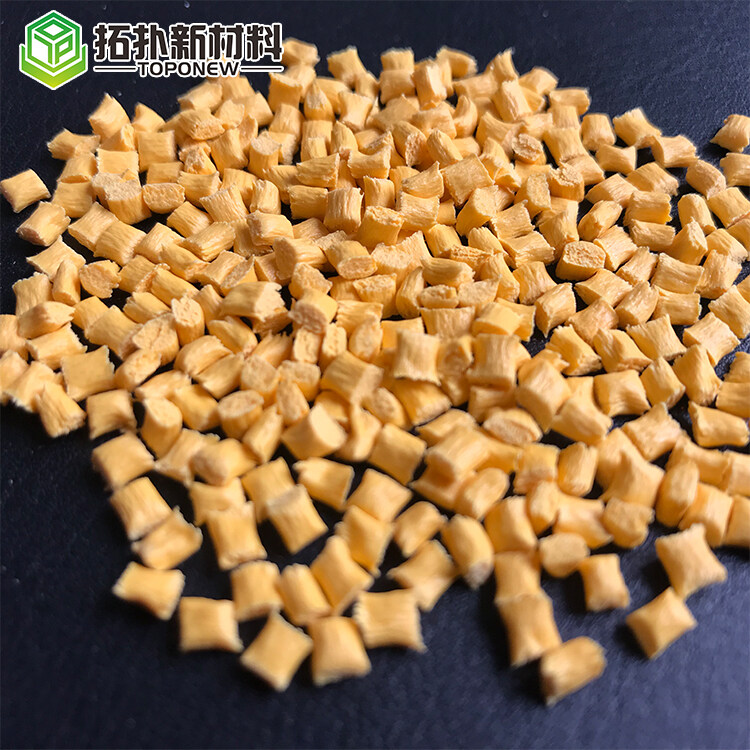Ошибка формата электронной почты
emailCannotEmpty
emailDoesExist
pwdLetterLimtTip
inconsistentPwd
pwdLetterLimtTip
inconsistentPwd

Offer Technical Support and Customized Solutions
The company is committed to creating new and improved plastic materials to meet the evolving demands of the market.

The Impact of Plastic Moisture Content on Injection Molded Parts
The vaporization temperature of water is 100℃, and typically injection molding temperatures exceed 100℃. Water vaporizes at high temperatures, causing product defects such as bubbles, jet marks, and silver streaks on the surface. Therefore, the moisture content of plastic is an important factor affecting the processing technology, appearance, and characteristics of products, and must be monitored.
The moisture content of plastic affects the following product defects:
Product dimples and bubbles: Caused by inadequate drying of hygroscopic materials and residual monomers and other compounds in the material. To determine the cause of pores, observe whether the bubbles in the plastic products appear instantly when the mold is opened or after cooling. If they appear instantly when the mold is opened, it is mostly a material problem; if they appear after cooling, it belongs to mold or injection molding condition problems.
Product weld lines: Product weld lines are usually caused by low temperature and low pressure at the weld line.
Product embrittlement: Due to degradation of materials during injection molding or other reasons.
Material discoloration: Due to scorching, degradation, and other reasons.
Silver streaks and patterns on products
Four key points for pre-drying of molding basics for plastic moisture content:
Drying temperature.Drying time.
Moisture content after drying.
Cumulative drying time.
Commonly used drying equipment for plastic moisture content:
Key factors of drying equipment: air flow rate, air temperature, air humidity, drying volume.
Drying oven: Used for drying small amounts of materials, materials are poured onto trays and flattened, and appropriate drying temperature is set.Hot air circulating drying drum: Suitable for drying the majority of common materials, with the amount of material to be dried each time exceeding 50% of the total volume of the drying drum.
Dehumidifying dryer: Suitable for drying all materials, but due to high equipment costs, it is generally used for drying nylon and special engineering materials.
Checking the drying effect with air-shot material blocks: This method is applicable to most materials, but for some materials, even if the moisture content exceeds the standard, there may not be such obvious manifestations.

